Universe
ID: 10625
Astronomers using NASA's Rossi X-ray Timing Explorer (RXTE) have found the first fast X-ray pulsar to be eclipsed by its companion star. Further studies of this unique stellar system will shed light on some of the most compressed matter in the universe and test a key prediction of Einstein's relativity theory.
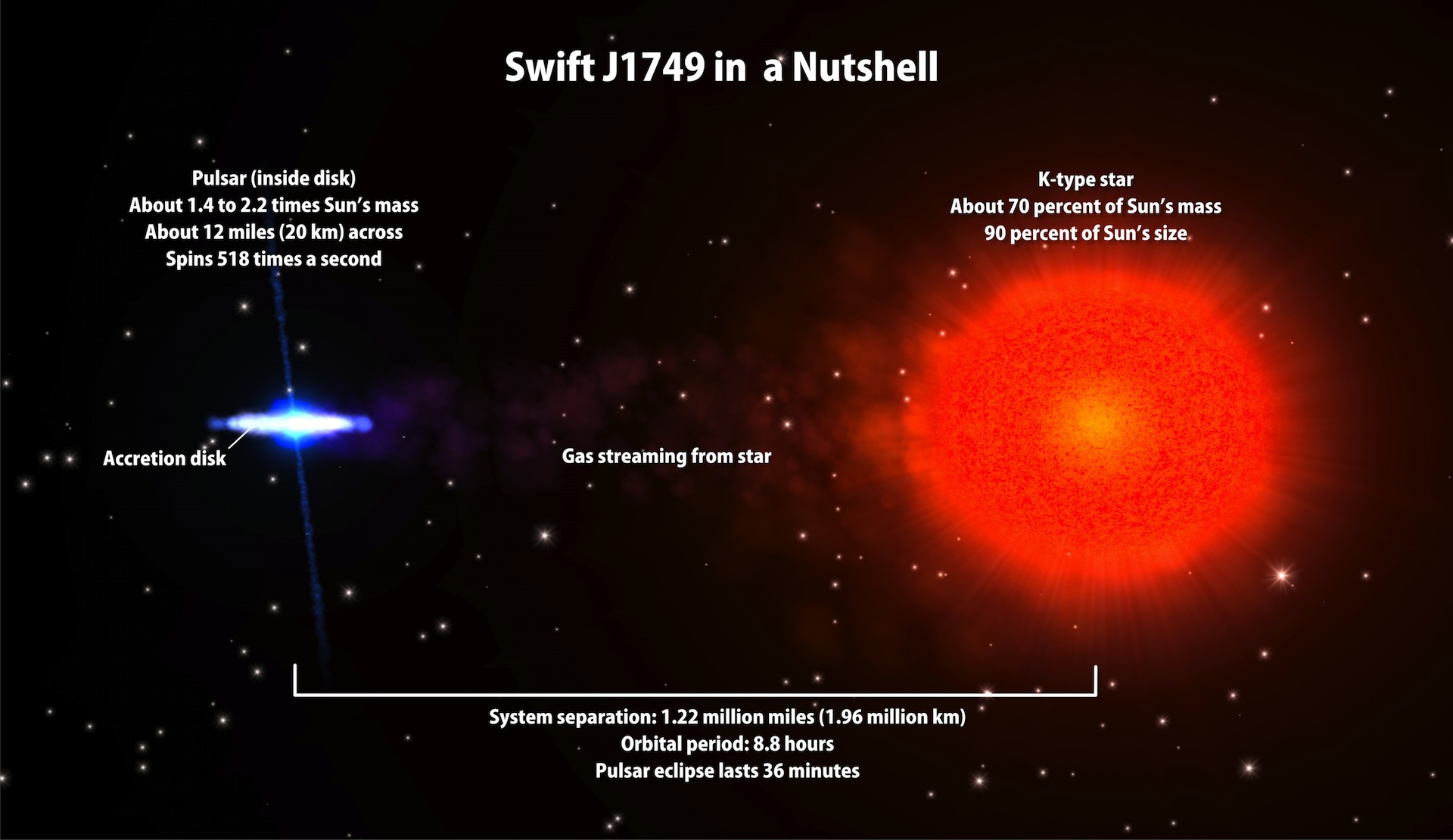
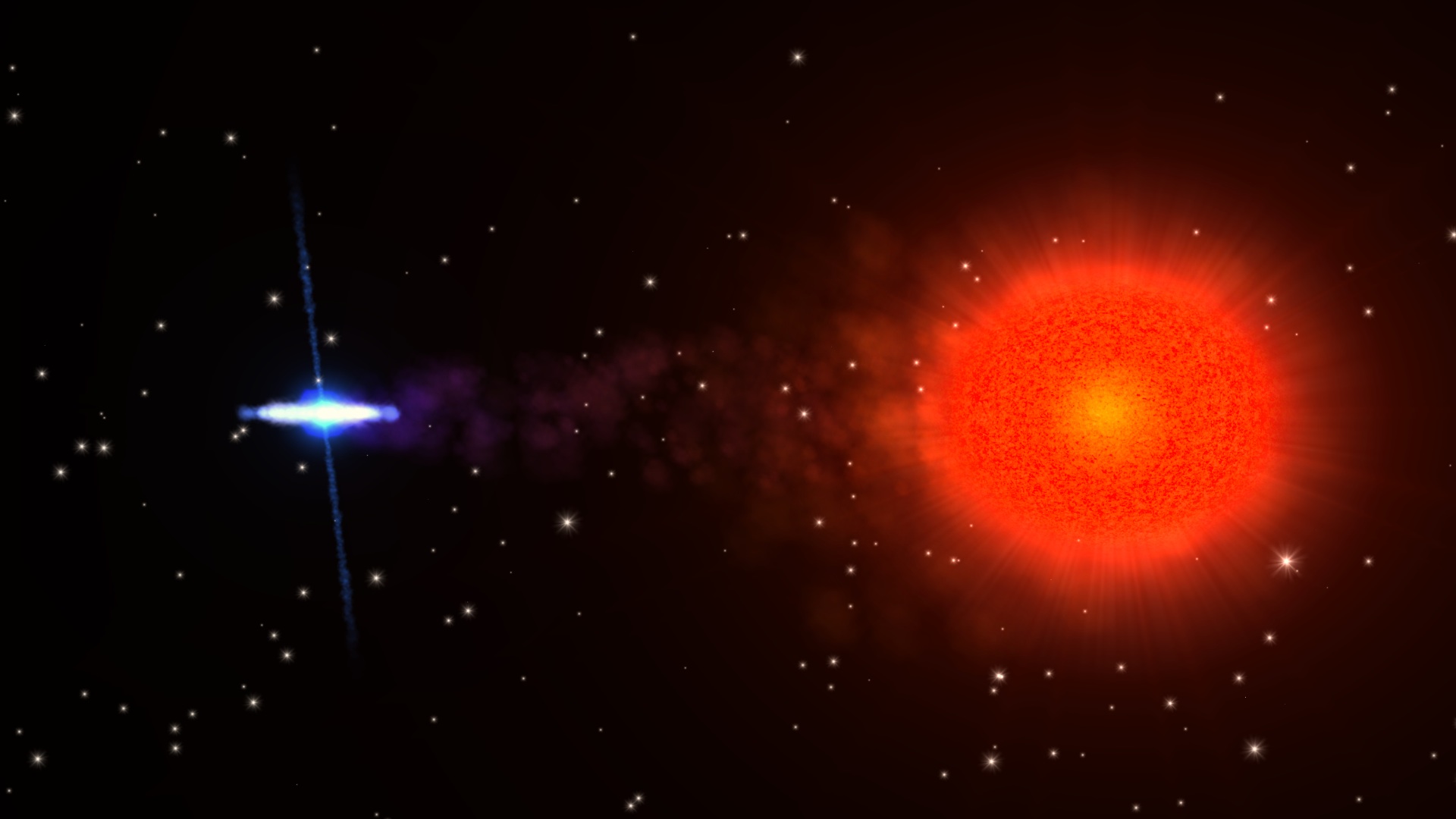
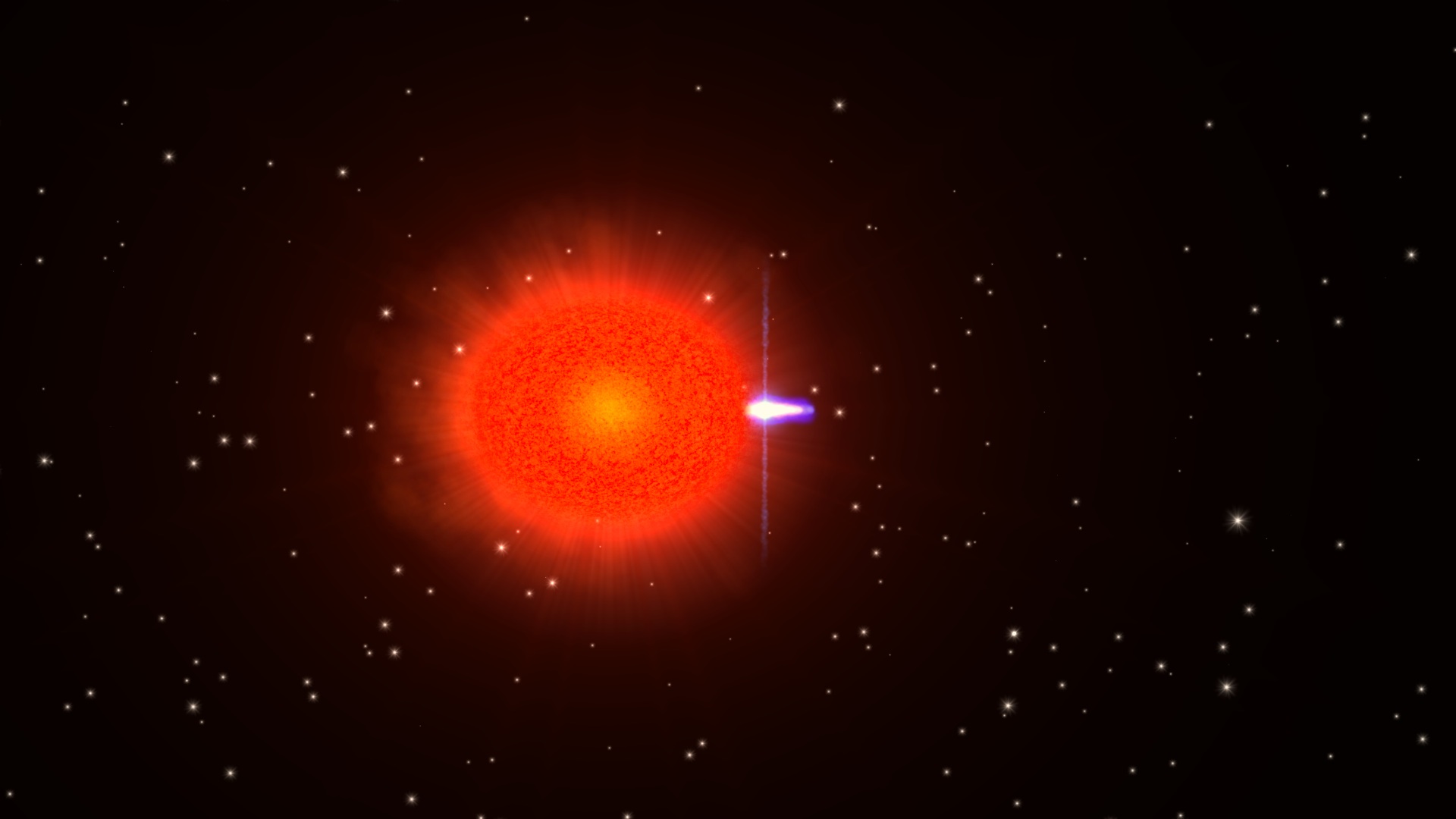
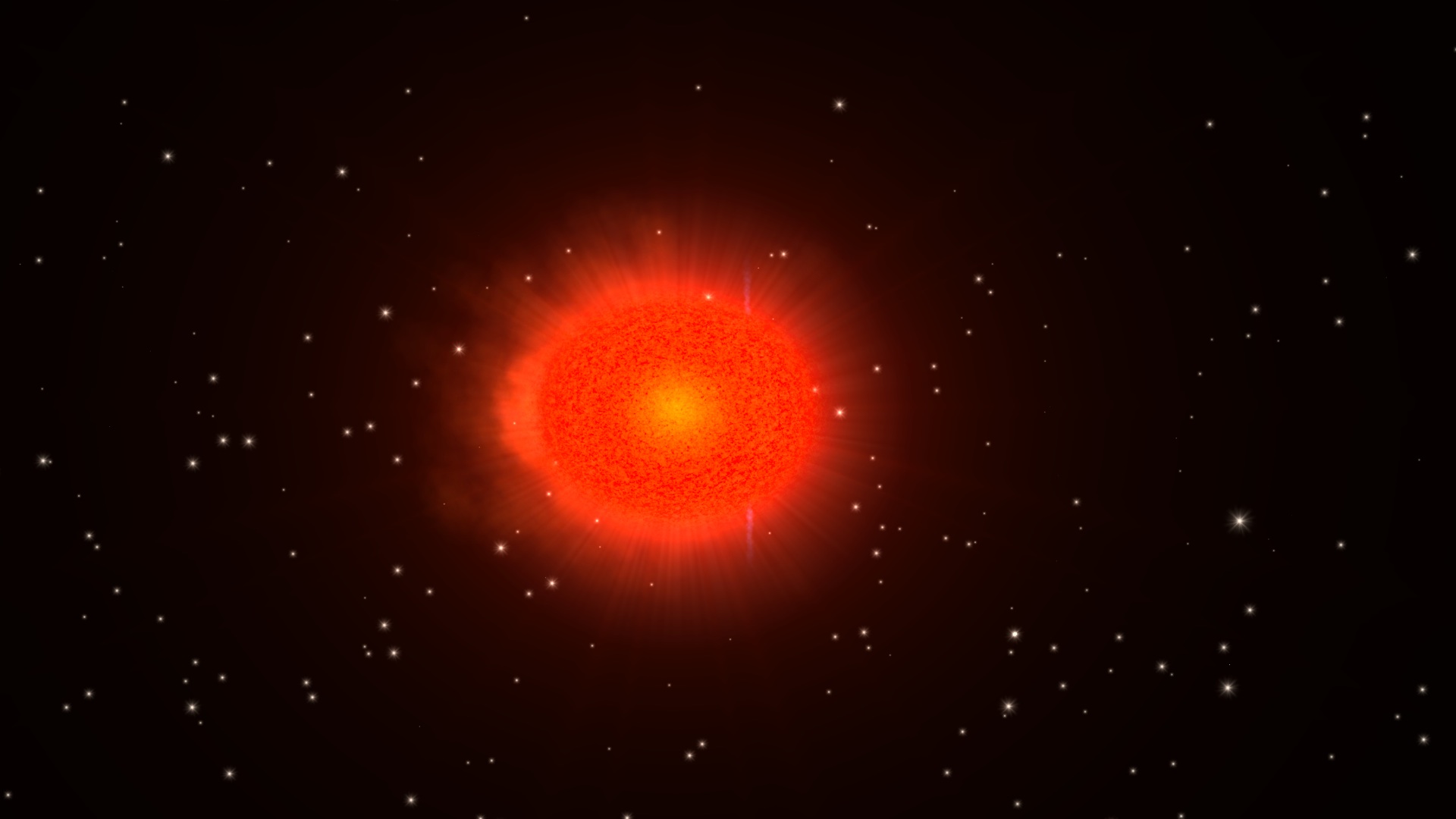
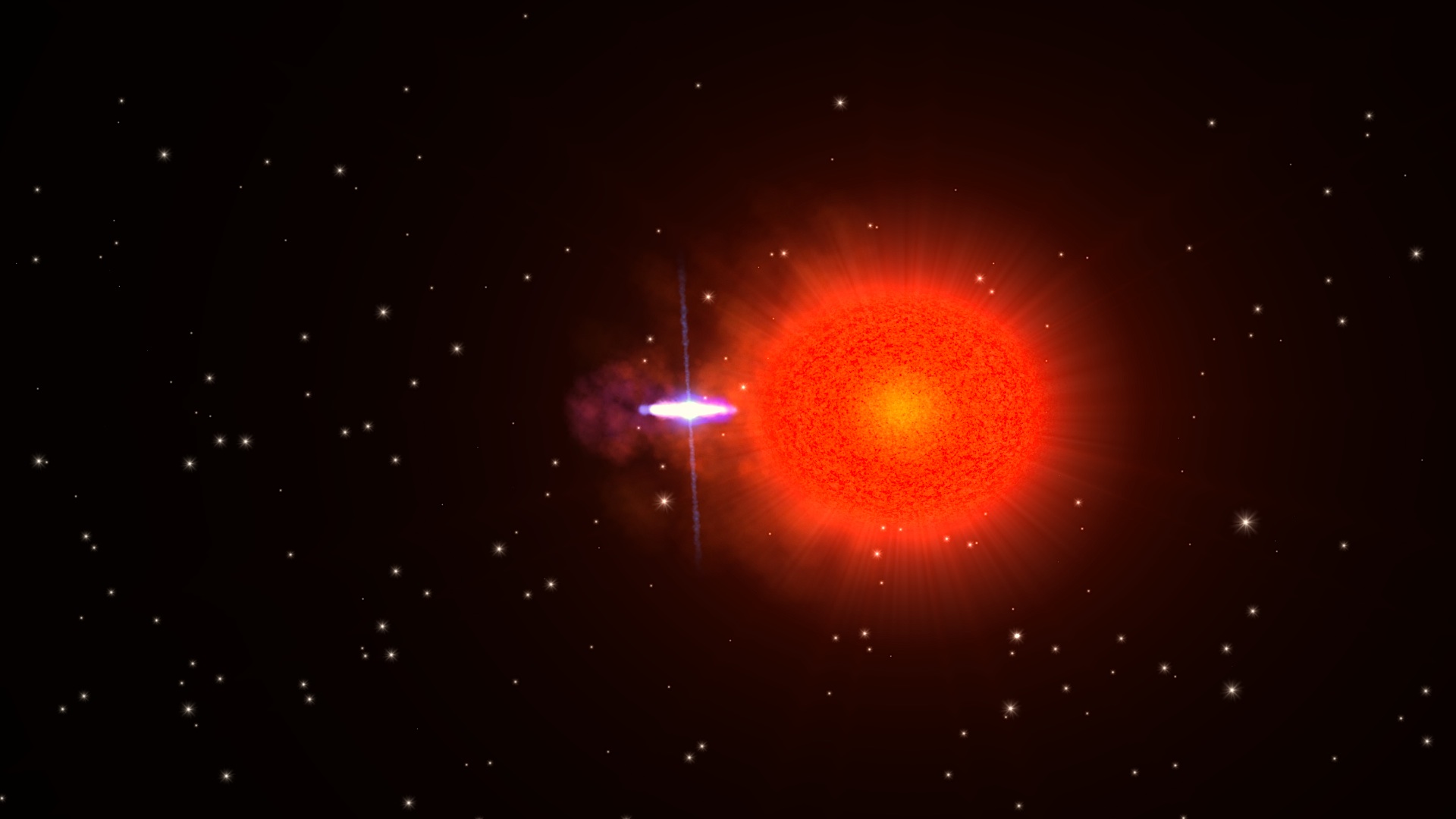

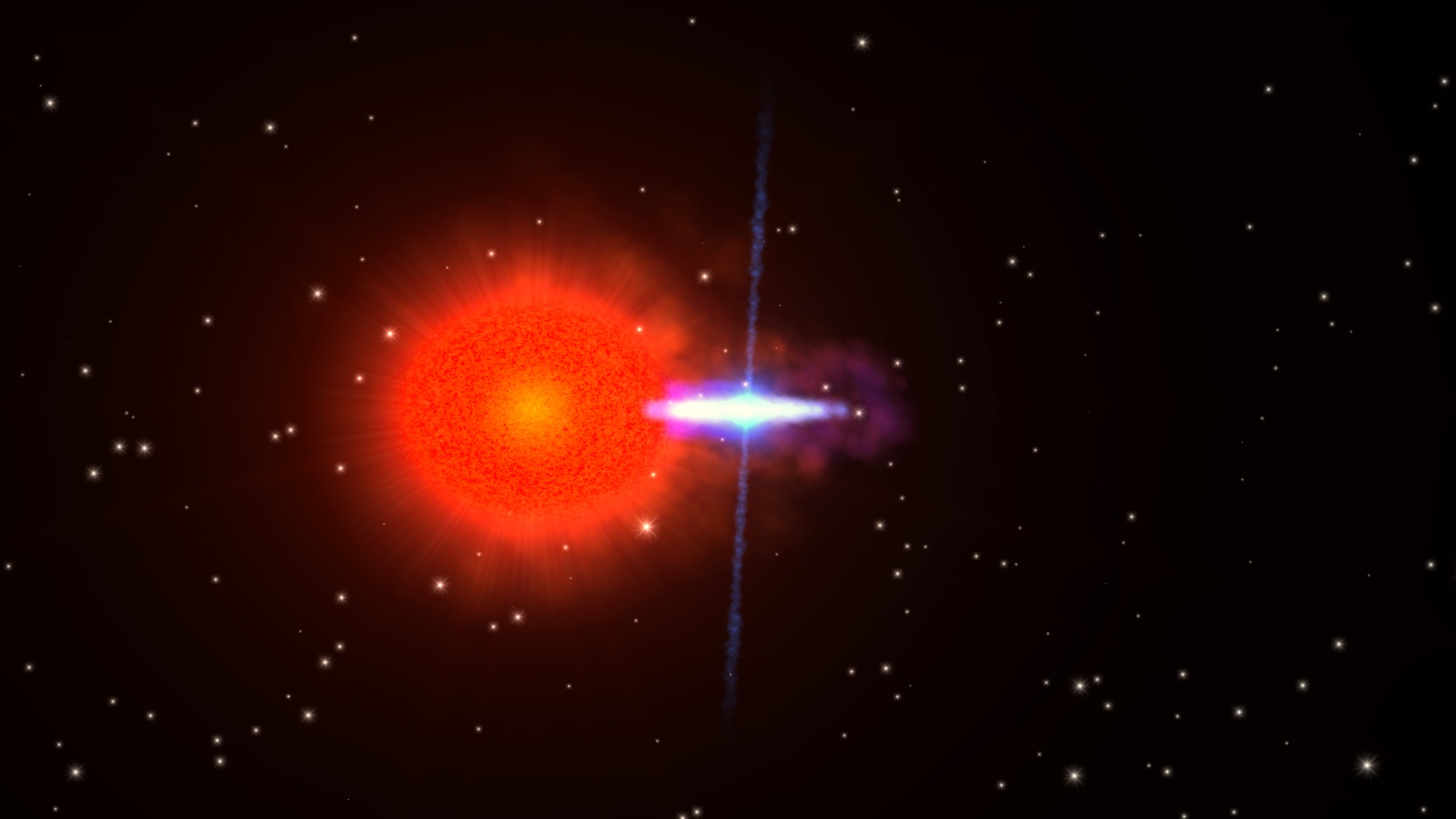
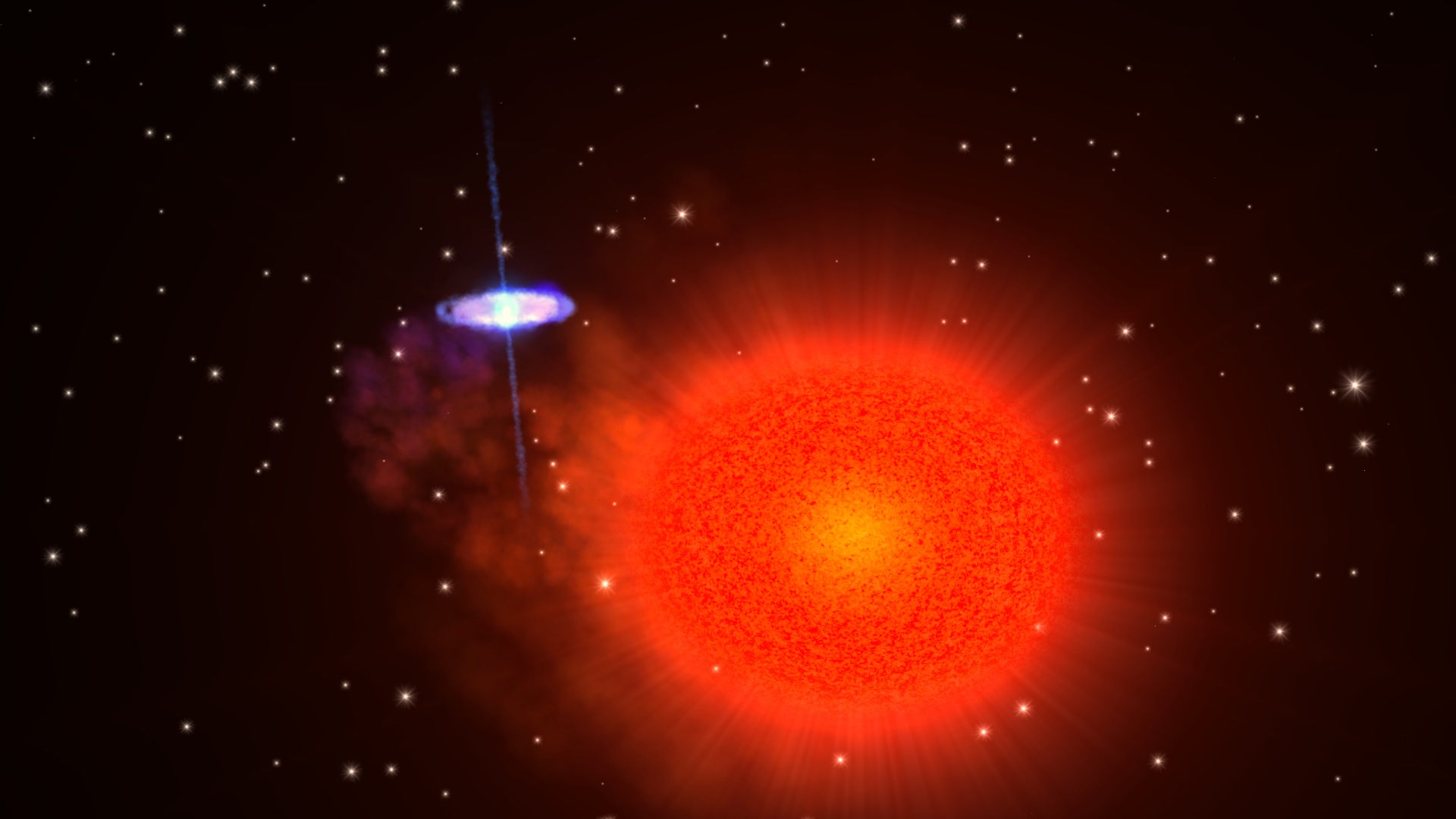
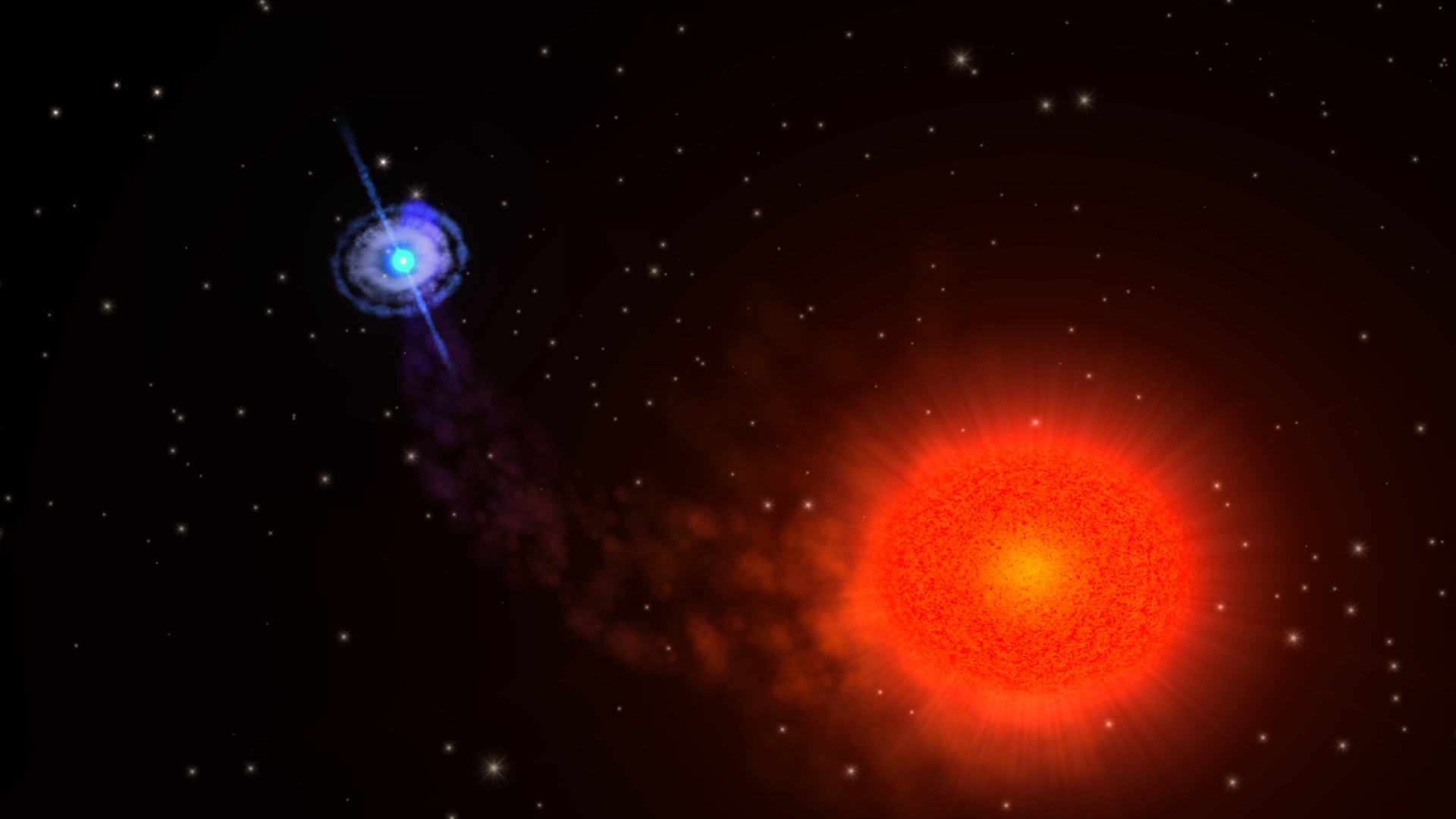
RXTE Sees Eclipses from Fast X-ray Pulsar
Known as Swift J1749.4-2807 — J1749 for short — the system erupted with an X-ray outburst on April 10. During the event, RXTE observed three eclipses, detected X-ray pulses that identified the neutron star as a pulsar, and even recorded pulse variations that indicated the neutron star's orbital motion. More information here.









For More Information
Credits
Chris Smith (UMBC): Animator
Scott Wiessinger (UMBC): Animator
Scott Wiessinger (UMBC): Producer
Francis Reddy (University of Maryland College Park): Lead Science Writer
Francis Reddy (University of Maryland College Park): Graphics
Scott Wiessinger (UMBC): Animator
Scott Wiessinger (UMBC): Producer
Francis Reddy (University of Maryland College Park): Lead Science Writer
Francis Reddy (University of Maryland College Park): Graphics
Please give credit for this item to:
NASA/Goddard Space Flight Center
NASA/Goddard Space Flight Center
Short URL to share this page:
https://svs.gsfc.nasa.gov/10625
This item is part of these series:
Astrophysics Animations
Astrophysics Stills
Goddard TV Tape:
G2010-139 -- Various Small Astrophysics projects
Keywords:
SVS >> HDTV
SVS >> Neutron Star
DLESE >> Space science
SVS >> X-ray
SVS >> Astrophysics
SVS >> Universe
SVS >> Pulsar
SVS >> Red Giant
SVS >> Binary Star
SVS >> Star
NASA Science >> Universe
https://svs.gsfc.nasa.gov/10625
This item is part of these series:
Astrophysics Animations
Astrophysics Stills
Goddard TV Tape:
G2010-139 -- Various Small Astrophysics projects
Keywords:
SVS >> HDTV
SVS >> Neutron Star
DLESE >> Space science
SVS >> X-ray
SVS >> Astrophysics
SVS >> Universe
SVS >> Pulsar
SVS >> Red Giant
SVS >> Binary Star
SVS >> Star
NASA Science >> Universe











